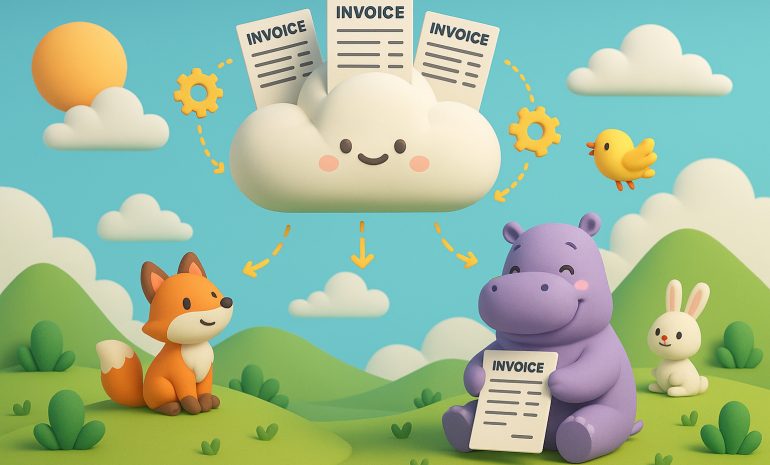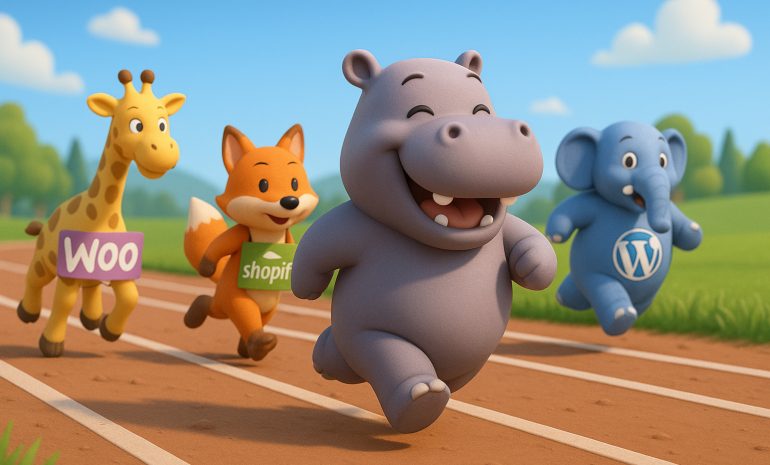In today’s competitive e-commerce landscape, ensuring your WooCommerce store runs at optimal performance is crucial. A sluggish site can lead to higher bounce rates, lower search engine rankings, and ultimately, lost sales
So, how can you optimize your WooCommerce store to ensure it delivers a seamless shopping experience, regardless of the load on your site? In this blog post, we delve into some advanced strategies to optimize your WooCommerce performance for an ultra-speedy, high-converting store.
## 1. Use a Fast Hosting Service
The first step to WooCommerce optimization is choosing a fast and reliable hosting service. Your hosting service is essentially the foundation of your website. Therefore, it’s important to select a host that can handle the size and traffic of your WooCommerce store. Consider investing in managed WordPress hosting services, which are optimized for WordPress websites and provide better speed and security.
## 2. Leverage a Content Delivery Network (CDN)
A CDN can dramatically increase your WooCommerce store’s speed by storing a cached version of your website on servers located around the world. This allows users to access your site from a server near them, reducing the time it takes for your website to load.
## 3. Optimize Your Images
Images can significantly slow down your WooCommerce store if they aren’t optimized. Use plugins like Smush or EWWW Image Optimizer to compress and optimize your images without losing quality.
## 4. Use a Caching Plugin
Caching plugins store a static version of your website, reducing the need for PHP scripts to run every time someone visits your site. This can significantly improve your WooCommerce store’s speed and performance.
## 5. Optimize Your Database
Over time, your WordPress database can become cluttered with unnecessary data, slowing down your WooCommerce store. Regularly cleaning your database can help improve the speed and performance of your store. Use plugins like WP-Optimize or WP-Sweep for this purpose.
## 6. Minify CSS and JavaScript Files
Minifying your CSS and JavaScript files can help reduce their size, resulting in faster load times for your WooCommerce store. Plugins like Autoptimize can help you with this process.
## 7. Use a Lightweight Theme
A heavy theme loaded with unnecessary features can slow down your WooCommerce store. Choose a lightweight, speed-optimized theme that includes only the features you need.
## 8. Optimize for Mobile
Ensuring your WooCommerce store is mobile-optimized is crucial, as more and more consumers are shopping on their mobile devices. Check your site’s mobile performance regularly and make necessary adjustments to ensure a smooth shopping experience for mobile users.
In conclusion, optimizing your WooCommerce store’s performance is a continuous process that requires regular monitoring and tweaking. However, the effort is well worth it, as a fast, well-optimized WooCommerce store can lead to better user experience, higher search engine rankings, and increased sales.
Before we wrap up this post, we’d like to introduce you to Hippoo, a WooCommerce app designed to help you manage your WooCommerce store more efficiently. Hippoo provides an intuitive dashboard where you can manage orders, monitor sales, and track performance, all in one place. Give Hippoo a try and take your WooCommerce store to the next level.

